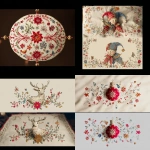Explore the Best AI Image Gallery
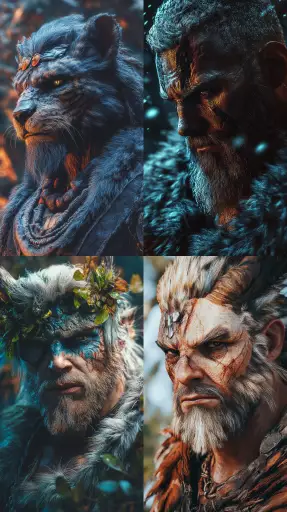
The Algorithmic Lens: AIs Transformative Impact on Product Photography
Product photography, the art of showcasing products in a visually compelling way, is undergoing a profound transformation. Artificial intelligence (AI), with its ability to analyze, learn, and generate content, is revolutionizing this field, offering both exciting opportunities and complex ethical considerations. From automated image editing to generating entirely new visuals, AI is reshaping the creative landscape of product photography.
The Creative Canvas: AI-Powered Image Editing and Enhancement
AI algorithms can now perform tasks that were once exclusive to skilled human editors. They can automatically enhance image quality by adjusting lighting, color balance, and sharpness. AI-powered tools can remove blemishes, retouch backgrounds, and even change the perspective of a product shot, all with remarkable accuracy and speed.
- Automated Background Removal: AI can seamlessly isolate products from their backgrounds, allowing for greater flexibility in design and presentation.
- Style Transfer: AI algorithms can apply the artistic style of one image to another, enabling product photos to take on a unique aesthetic.
- Virtual Try-On: AI-powered apps allow customers to virtually try on products, such as clothing or makeup, using their smartphone cameras. This immersive experience enhances customer engagement and reduces returns.
Beyond Editing: Generating New Visuals with AI
The capabilities of AI extend beyond image editing. Generative AI models can create entirely new product photographs from scratch. By training on vast datasets of existing images, these models can generate realistic and diverse visuals that cater to specific brand aesthetics or marketing campaigns.
Ethical Considerations: Navigating the AI Landscape
While AI offers immense potential, its application in product photography raises important ethical considerations:
- Transparency and Disclosure: It is crucial for brands to be transparent about the use of AI in their product photography. Consumers should be informed when images have been altered or generated by AI.
- Bias and Representation: AI models are trained on existing data, which may contain biases that reflect societal stereotypes. It is essential to ensure that AI-generated imagery represents diversity and avoids perpetuating harmful representations.
- Job Displacement: The automation of tasks previously performed by human photographers raises concerns about job displacement.
Future Trends: Shaping the Future of Product Photography
The integration of AI in product photography is rapidly evolving. Here are some key trends to watch:
- Personalized Product Visualization: AI will enable customers to personalize product visuals, customizing colors, materials, and styles to create unique representations.
- Interactive Product Experiences: AI-powered product photography will integrate with augmented reality (AR) and virtual reality (VR) technologies, creating immersive shopping experiences.
- Sustainable Practices: AI can optimize product photography workflows, reducing energy consumption and waste.
The convergence of AI and product photography is a transformative force, reshaping how products are presented and experienced. By embracing the creative potential of AI while addressing its ethical challenges, we can unlock new possibilities for visual storytelling and enhance the shopping experience for consumers worldwide.
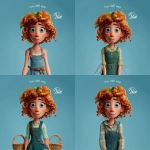

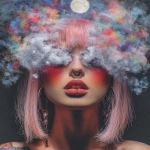
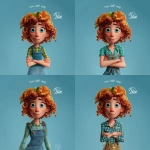
](https://images.ai-img.art/thumbnails/150/e6a179db327f0374ec327d0fdab48ac1f2dc47123eed103b0a41ed346280d07d.webp)



](https://images.ai-img.art/thumbnails/150/6c909fd6d38caac6572b592dd97831deb7d6562bba142798574677582676dfc1.webp)
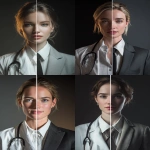
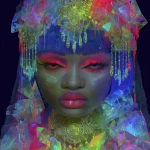
](https://images.ai-img.art/thumbnails/150/655229c40961cb7ff5abd4b4190e02c94ea1a961106e7547a562649c945268be.webp)


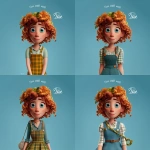


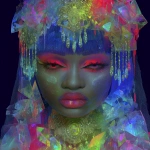








](https://images.ai-img.art/thumbnails/150/184b4b030e30be0a6d51b544226cb4cf2271977814d935d3aaa2b7529355b3b7.webp)


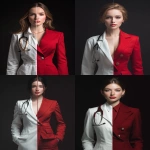
](https://images.ai-img.art/thumbnails/150/60973df1d727dbbf8e6922b7e4836814ab6012106eb9dcfe99aea7aec15f3710.webp)
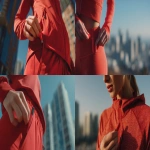





](https://images.ai-img.art/thumbnails/150/1202074d0d60b08b64d0f91f36468608aaac200a02b721cc8e6d8ec8a908432c.webp)
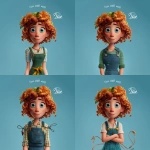







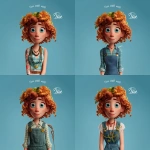
](https://images.ai-img.art/thumbnails/150/26c16e4f635deee86633de398088ca98d9bb748d6e7601436b07e882fab236cb.webp)
